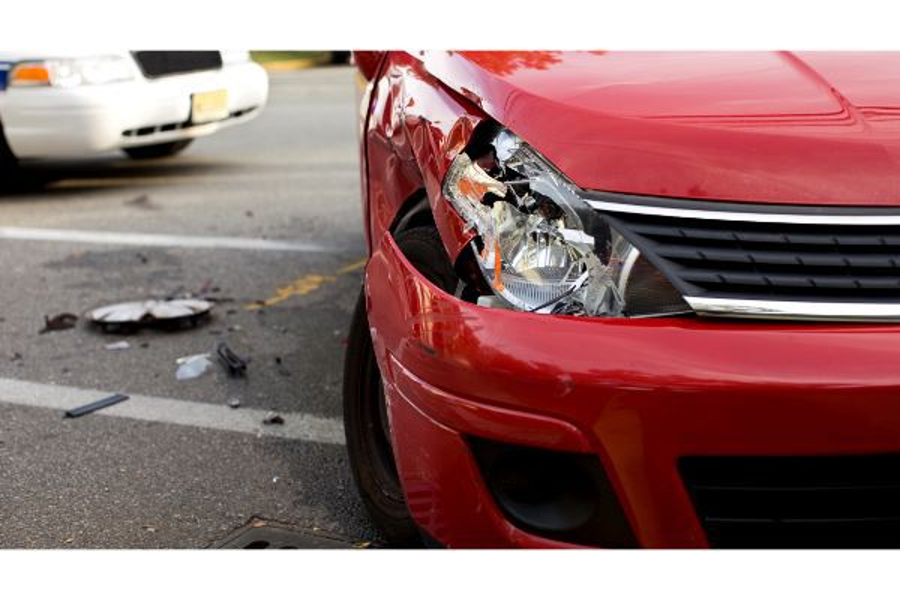Powell, Zero, Mundy is a law firm with a legacy dating back to 1906. Our longevity makes us a unique choice for representation in any type of injury case in the Scranton/Wilkes-Barre and surrounding areas. What is “Personal Injury Protection,” otherwise known as PIP?
All Pennsylvania drivers are required to have PIP, or “Personal Injury Protection” coverage.
While most states use a fault system to determine the legal responsibility of those involved in auto accidents, Pennsylvania is a no-fault insurance state. This means that all parties, regardless of personal fault, receive benefits from their own insurance policy. In fact, parties injured in a motor vehicle accident look first to their insurance policy. Thus, PIP is a form of first-party benefits that are paid to insured parties.
Pennsylvania law requires that drivers have certain minimum amounts of specific types of insurance coverage. PIP is one such type of coverage. To operate a motor vehicle in Pennsylvania without the minimum amounts of legally required coverage is illegal. The consequences include suspension of a driver’s license, vehicle license plate, and registration, thus causing interruption of a motorist’s driving privilege.
Benefits derived from PIP coverage include medical expenses, lost wages, and even funeral expenses.
Pennsylvania law requires the following minimum amounts of PIP coverage:
- $5,000 medical benefits;
- $15,000 per person/$30,000 per accident bodily injury liability; and
- $5,000 property damage.
Although Pennsylvania is a “no fault” state, certain circumstances permit drivers to sue other drivers who cause an auto accident. However, the insurance policies of others involved in the accident may be insufficient to provide complete compensation for medical bills, lost wages, and other damages. Thus, motorists may purchase higher coverage limits, which will ensure that more benefits are available in the event of a serious accident that results in severe, catastrophic injuries. The amounts above are just the minimum coverage amounts required by law.

